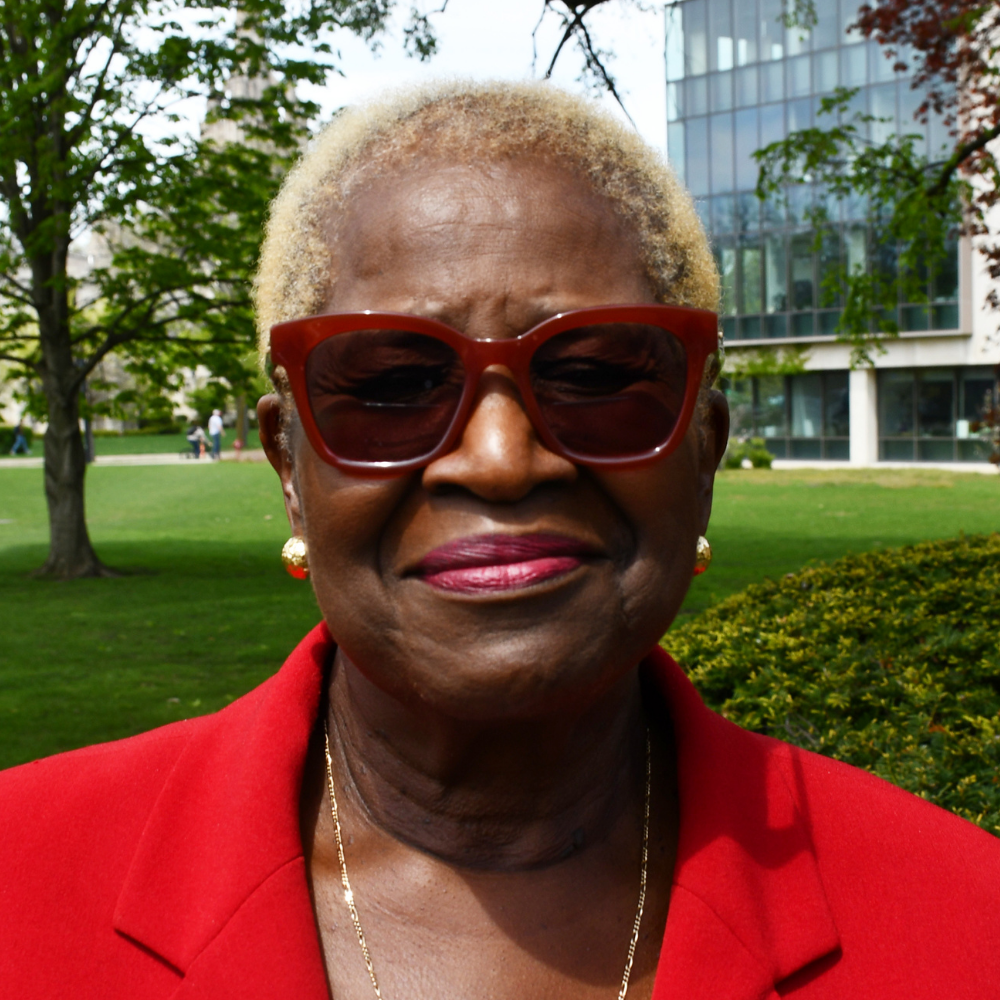Commentary on John 20:1-18
The themes of darkness and light are clearly visible in John’s account of the resurrection.
[Looking for commentary on Matthew 28:1-10? See this commentary for Easter Sunday by Greg Carey.]
Mary Magdalene sets out in the dark of early dawn, and there is darkness within her. She is full of pain and grief, the darkness of sorrow, having witnessed the death of her beloved teacher, the one who had removed the darkness of seven devils that plagued her and given her renewed life and light. Jesus, the Word, through whom life had come into fruition in the beginning, “the light of all people” (John 1:4b) had been relegated to the darkness of death and the tomb, and Mary Magdalene, under the cover of darkness, had come to do whatever she could to restore the light.
The story of Mary’s journey to Jesus’ tomb is almost ludicrous. How did she expect to get to the body that had been made dark by being crucified, and put in a tomb that according to custom, had been sealed to thwart potential grave robbers. James E. Davison, Greek Language Scholar, posits that “John understands Mary Magdalene’s arrival in darkness as a sign that she did not yet understand that Jesus was to rise from the dead,”1 however, as appropriate as that interpretation is, it does not speak directly to Mary’s mind and heart as she set out to do whatever it took to serve her teacher even in his death. On this day when we celebrate the culmination of Jesus’ redemptive work on behalf of all people, and perhaps especially those who are caught in the darkness of their and others’ making, we must recognize that across the world the lives of many women are steeped in darkness.
Mary’s reaction is understandable. She finds herself in a situation that she is unable to overcome on her own, so she immediately seeks help. The second act of the story tells us that she accompanied Peter and “the other disciple” who arrived at the tomb before she did, which may be interpreted as either their agonizing concern, or their disregard of Mary. But they also can do nothing to resolve the situation. John reports that after each went into the tomb, they “saw and believed.” Believed what? It speaks of their dismissal of Mary’s report, a position in line with the place of women in her society, that only when they had seen the evidence for themselves, did they believe her report. It is the reality of too many women in society and in the world, that their lives are lived in the darkness of disregard and dismissal by those who consider themselves of a higher status than women. The hierarchical structure that persists nationally and globally relegates the lives of too many women into obscurity.
Weeping in sorrow, her world made dark by her tears, Mary did not see the light that had already come into her world. The angels questioned her, but the darkness of despair was thick around her. Yet the light had already come and no darkness of sorrow, pain and grief could overcome it. As John had foretold earlier, he had come to his own, Mary, and she did not recognize him. The light of Christ in his resurrected glory was such that Mary could not see through its brightness to the person of Christ, standing before her. It is a common situation with human beings who are caught in the darkness of pain and sorrow and grief. Christ comes to bring light into our lives to offer ways of overcoming the darkness that has enveloped us, and we cannot see the light.
There is so much that qualifies as darkness in the world that we who are Christians, who have made a commitment through our baptism to follow, walk and live in the light of Christ, allow to block out his light. While it is true that there is darkness all around, our propensity for giving in to the darkness is also true. In too many cases, we are prevented by the curtain of our tears from seeing the light that is already shining on us. Mary did not understand, but she was not ready to give up. As we find with many women caught in dastardly situations, she appealed to all who came into her sphere. First it was the angels, and then the person who looked like he was part of the scene, a gardener. Regardless of the strictures of her society, she spoke to this man, seeking any help that he could give. It is the way of women, of persons who find themselves in desperate situations. Mary was desperate to leave the darkness of sorrow and find the light of joy. Jesus called her by name, and she recognized his voice because being in conversation with him was a common practice for her. With that recognition the darkness rolled away and the light that had come into the world, streamed on her.
Jesus is life and light and when we recognize the voice of Jesus, it can dispel any darkness that infects our lives. Easter joy is based on the realization that death has lost its power and because Christ lives, we can live also. Living in the light of the risen Christ compels us to share the joy. Jesus identified himself to Jesus and sent her forth with a message for the world. And “Mary Magdalene went and announced to the disciples, “I have seen the Lord.” In other words, I have seen the light. That is the message of Easter. We have seen the light. “The light shines in the darkness, and the darkness did not overcome it.” That was the message that Mary Magdalene received, and it is the same message that we receive every Easter, every day. Christ our light is alive and there is no darkness in the world that can overcome it.
Note
- James E. Davison, Exegetical Perspective of John 20:1-10 in Feasting on the Gospels John, Volume 2 Chapters 10-21, (Louisville, Kentucky: 2015), 309.


April 9, 2023